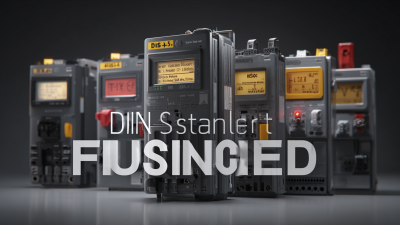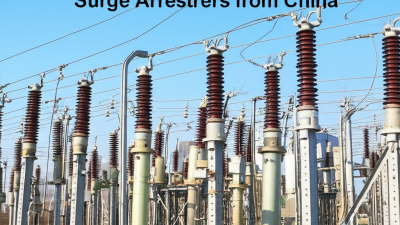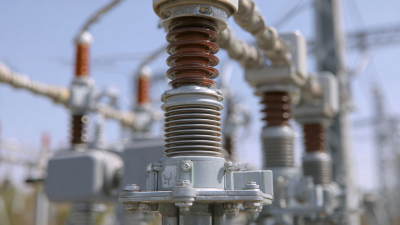
-
Home
-
About Us
-
Products
-
News
-
Blog
-
Contact Us
Leave Your Message

In the realm of electrical systems, ensuring the integrity and safety of circuits is paramount. One critical component in this regard is the Knife Blade Fuse, which serves as a reliable means of overcurrent protection. According to a report by the Electrical Safety Foundation International (ESFI), over 30,000 electrical fires occur annually in the United States, highlighting the necessity for proper fuse selection to mitigate risks. Knife Blade Fuses are particularly favored in industrial applications due to their robust design and ease of maintenance, offering superior performance in high-load scenarios. As electric power demands grow, understanding the specifications and ratings of Knife Blade Fuses becomes increasingly important for both safety and operational efficiency. This guide aims to provide essential insights on how to select the appropriate Knife Blade Fuse for your specific electrical needs, ensuring optimal safety and functionality in your systems.
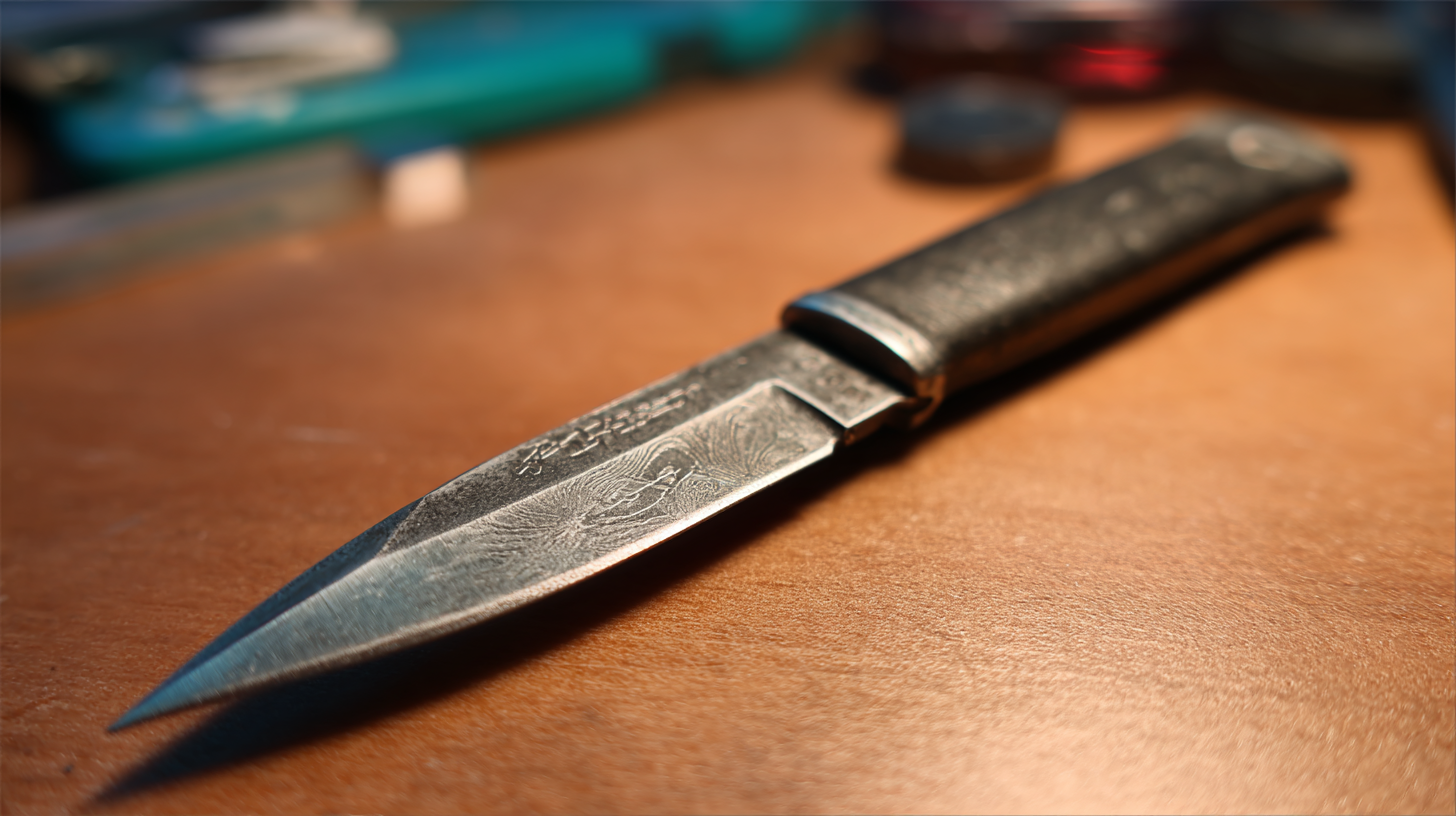
Knife blade fuses are a popular choice in various electrical systems due to their reliability and ease of replacement. Understanding the basics of knife blade fuses is crucial for ensuring the safety and efficiency of your electrical needs. These fuses, characterized by their flat blade connectors, are designed to easily slide into fuse holders, providing a secure connection. According to a report from the National Electrical Manufacturers Association (NEMA), over 60% of electrical professionals prefer these fuses for their versatility in handling both AC and DC circuits.
When selecting the right knife blade fuse, it's important to consider the current rating and voltage level of your specific application. The American National Standards Institute (ANSI) provides a widely recognized guideline indicating that knife blade fuses should be rated based on the maximum current they may encounter in operation. For instance, a 20A fuse is suitable for general residential applications, while higher-rated fuses may be necessary for industrial setups where equipment draws more power. Understanding these specifications helps avoid potential overloads, which can lead to equipment damage or fire hazards.
| Fuse Type | Current Rating (Amps) | Voltage Rating (Volts) | Applications |
|---|---|---|---|
| Standard Knife Blade Fuse | 5-30 | 32 | General automotive and equipment protection |
| Fast Acting Fuse | 5-25 | 32 | Sensitive electronic devices |
| Slow Blow Fuse | 5-30 | 32 | Motors and transformers |
| Mini Knife Blade Fuse | 2-15 | 32 | Compact automotive applications |
When selecting the right knife blade fuse for your electrical applications, the first and most crucial step is to assess the electrical load requirements. Understanding the total amperage and voltage of the circuit is essential, as it determines the necessary specifications for the fuse. Evaluating the load characteristics, such as whether the circuits are continuous or intermittent, also plays a significant role in ensuring that the fuse will perform adequately under varying conditions.
Once the electrical load is clearly defined, the next step is to select a fuse that matches or slightly exceeds the calculated amperage without going overboard. It’s important to choose a fuse that has an appropriate rating, as an undersized fuse can blow under normal conditions, while an oversized fuse may not provide adequate protection, leading to potential damage to the electrical system. Additionally, it’s beneficial to consider factors such as the type of fuse, the environment in which it will be used, and any specific industry standards that may apply to ensure a reliable and safe electrical setup.
When selecting the right knife blade fuse for your electrical applications, two critical factors come into play: amperage and voltage ratings. According to the National Electrical Manufacturers Association (NEMA), understanding the amperage rating is essential for preventing overloads and ensuring the safe operation of your circuits. For instance, commonly available knife blade fuses typically come in standard ratings ranging from 3 to 30 amps, allowing users to choose a fuse that closely matches the specific requirements of their setup. It’s crucial to select a fuse that can handle the expected electrical load while also providing a margin for transient surges without nuisance blowing.
Voltage ratings also play a vital role in fuse selection. The Underwriters Laboratories (UL) categorizes fuses into different voltage classes, indicating their maximum voltage ratings — typically ranging from 32V to 600V for knife blade fuses. Choosing a fuse with a voltage rating that exceeds the system voltage is essential for safety and reliability. For example, using a fuse rated for 600V in a 120V system not only satisfies safety standards but also minimizes the risk of breakdown or arcing. By carefully evaluating both amperage and voltage considerations, you can ensure optimal protection and performance in your electrical installations.
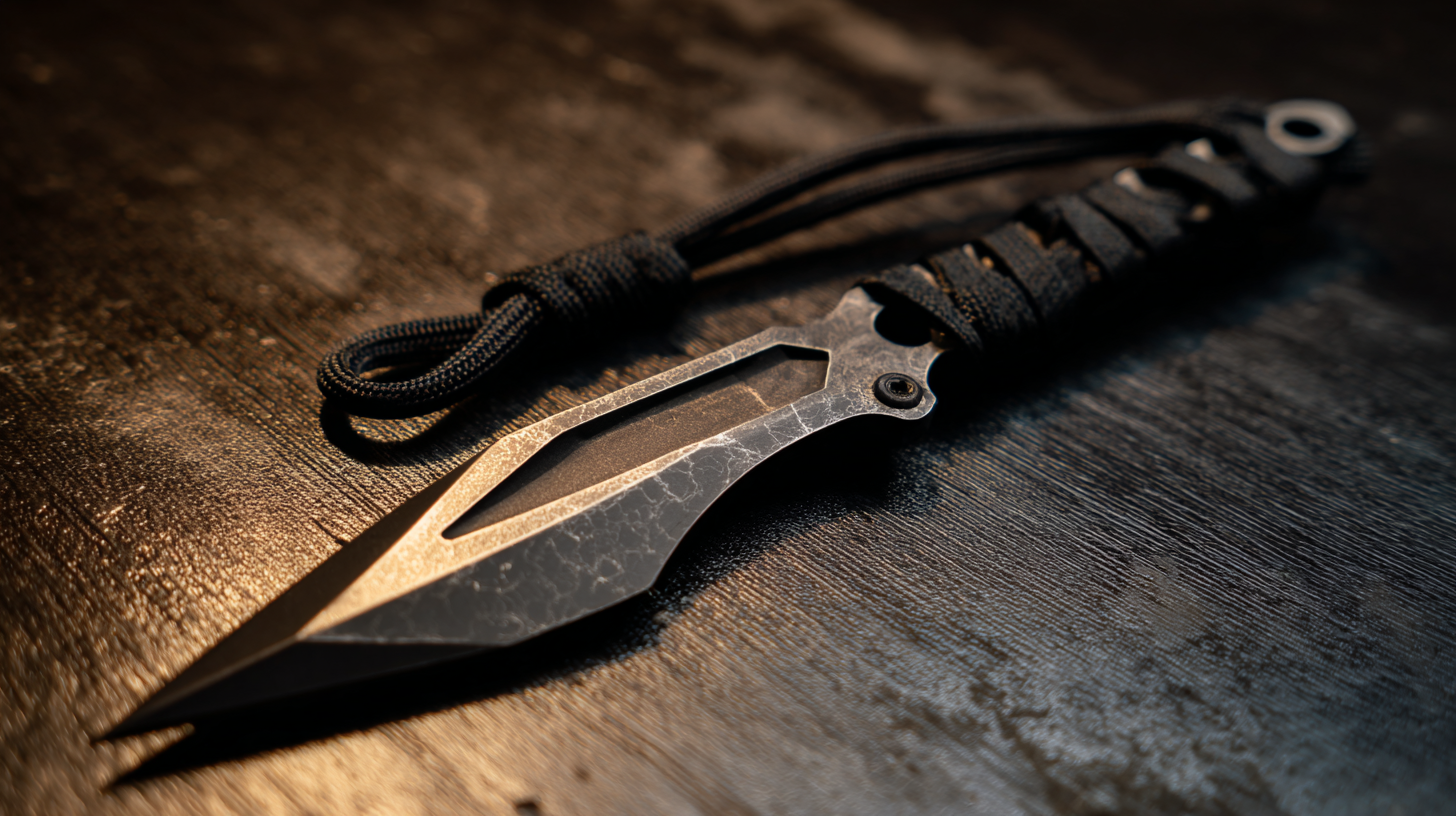
When selecting the right knife blade fuse for your electrical needs, it's essential to understand the various types available and their specific applications. Knife blade fuses are commonly categorized by their design and current rating, with each type serving unique functions in electrical circuits. For instance, standard blade fuses are typically found in automotive applications due to their compact design and reliable performance under different conditions. These fuses help protect the vehicle's electrical system from overloads and short circuits.
In addition to standard blade fuses, specialized variants cater to more specific uses. Some are designed for higher voltage applications, making them suitable for industrial environments, while others might be optimized for rapid-blow or slow-blow characteristics depending on the circuit's demands. Understanding these differences is crucial in ensuring that the chosen fuse effectively meets the current requirements and protection levels needed for the intended application, thereby preventing potential damage to the electrical systems they safeguard.
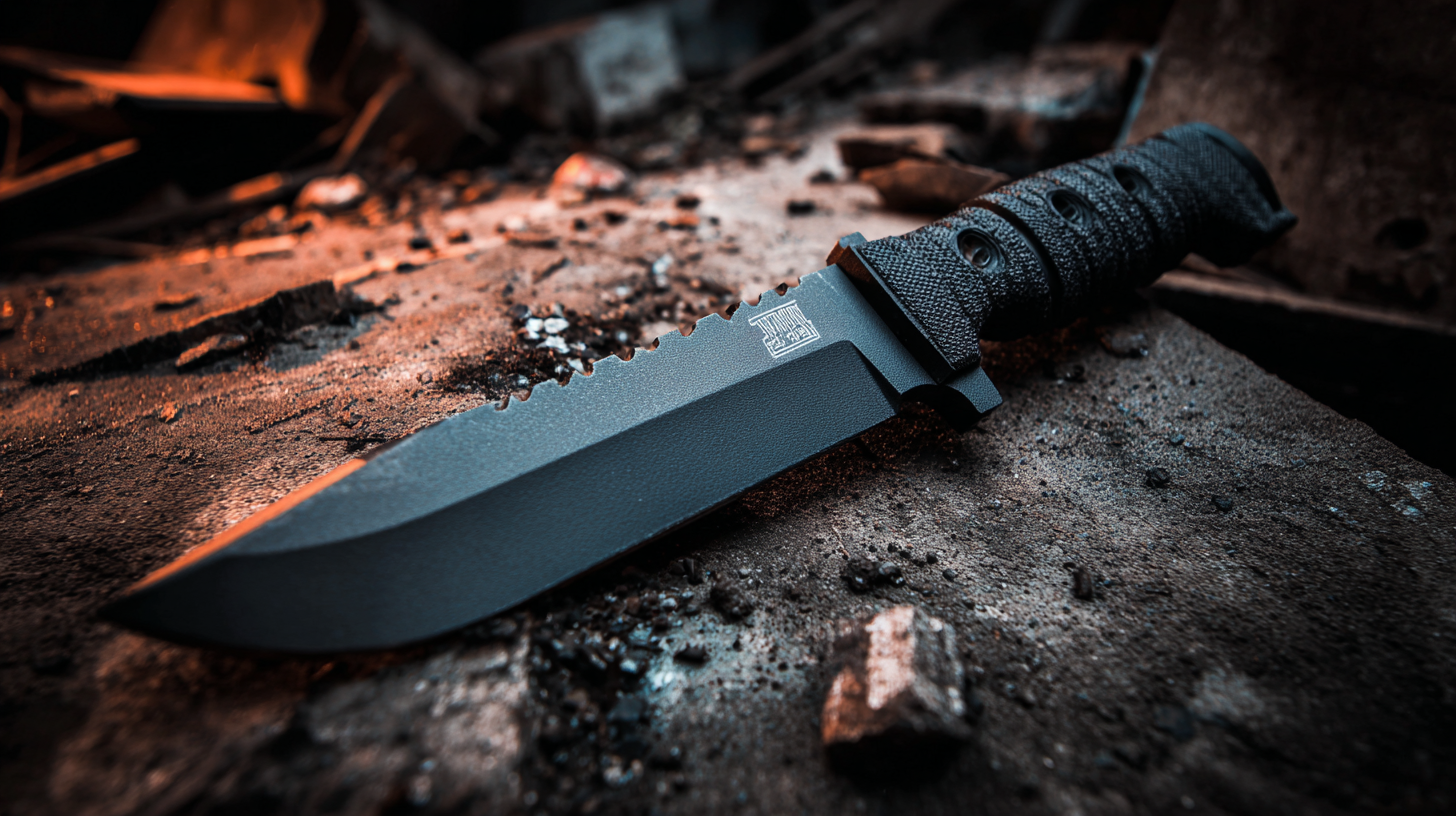
When installing knife blade fuses, safety and performance are paramount.
Begin by ensuring that the power source is disconnected before working on any electrical components. This precaution prevents potential electric shock and damage to the fuses. Next, choose a clean, dry workspace to minimize the risk of contaminants compromising the installation.
Inspect the fuse holder for any signs of corrosion or damage; replacing faulty components before installation can help avoid future issues.
Proper orientation of the knife blade fuse within the holder is crucial for optimal functionality. Ensure that the fuse fits snugly in the holder to maintain a solid electrical connection, as a loose fit can lead to overheating and potential failure.
Additionally, it is essential to follow the manufacturer's specifications regarding the fuse rating; using a fuse with the incorrect rating can result in inadequate protection or even fire hazards. After installation, conduct a thorough test of the circuit to confirm that everything functions correctly before reactivating the power source.
Regularly checking the condition of the fuses can further enhance safety and ensure long-lasting performance.

